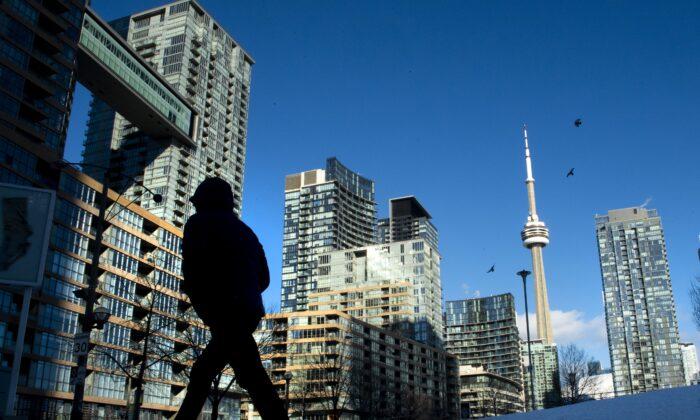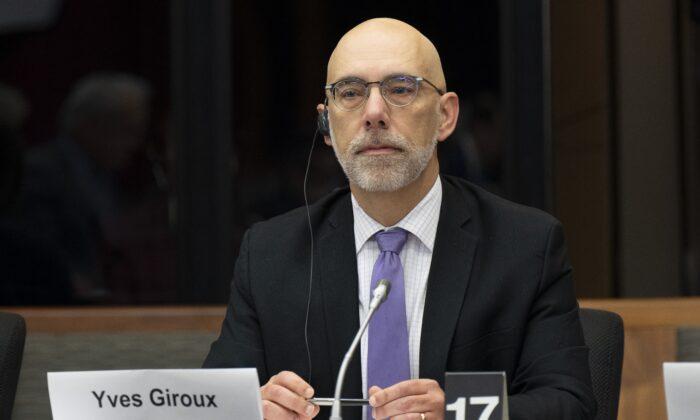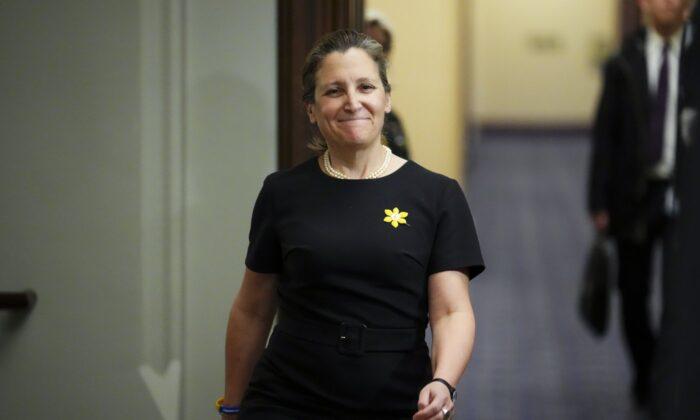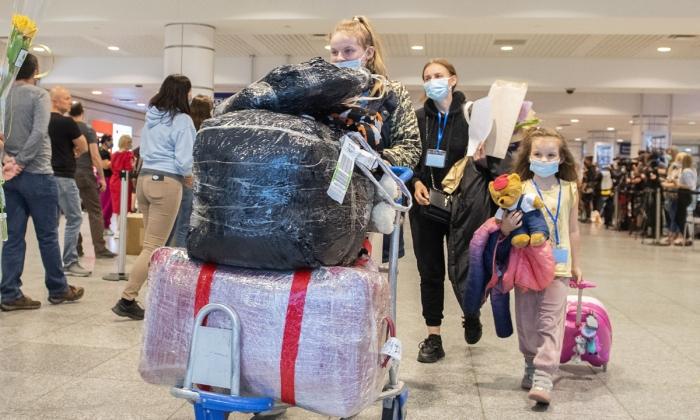The Liberal government’s decision to remove depictions of Canadian historic sites and events in favour of more generic national images in the newly designed passport represents a “sliding, eroding scale” in the country and an indifferent attitude toward preserving Canadian heritage, says Conservative MP Michelle Ferreri.
“Who thought it would be fitting or a good idea to replace historical images like Vimy Ridge with a squirrel and nuts?” she said during an interview with The Epoch Times on May 10, adding that the redesigned passport “sends a pretty significant message of what the [government’s] priorities are.”
“Symbols represent a lot and it feels definitely like they’re trying to erase Canadian history,” she added.
“It’s a sliding, eroding scale of all the issues and it all comes from a lack of leadership,” she said.
The new passports also contain images with some indigenous symbolism, as the previous passport design did.
Debate
Fraser also said the new designs were made after consulting with “a number of different government departments and stakeholders,” while Gould defended the new images as still being “fairly traditional.”Hours after the unveiling, Conservative Party leader Pierre Poilievre criticized the new designs during question period in the House of Commons and said the government’s decision to remove the image of the Vimy Ridge Memorial from the passports was “insulting” to veterans.
Prime Minister Justin Trudeau responded to Poilievre during question period by saying that Canadians are still “able to be proud of their country and its history.”
The new crown emblem replaces all religious symbols on the previous one with artistic renditions of maple leaves and a snowflake.
The Privy Council Office (PCO) told The Epoch Times in an email on May 11 that the new crown is “a unique emblem that incorporates elements to represent all Canadians.”
The PCO added that “updates to other symbols, such as the [Coat of] arms of Canada, to reflect the adoption of the Canadian Crown will be made over time.”





